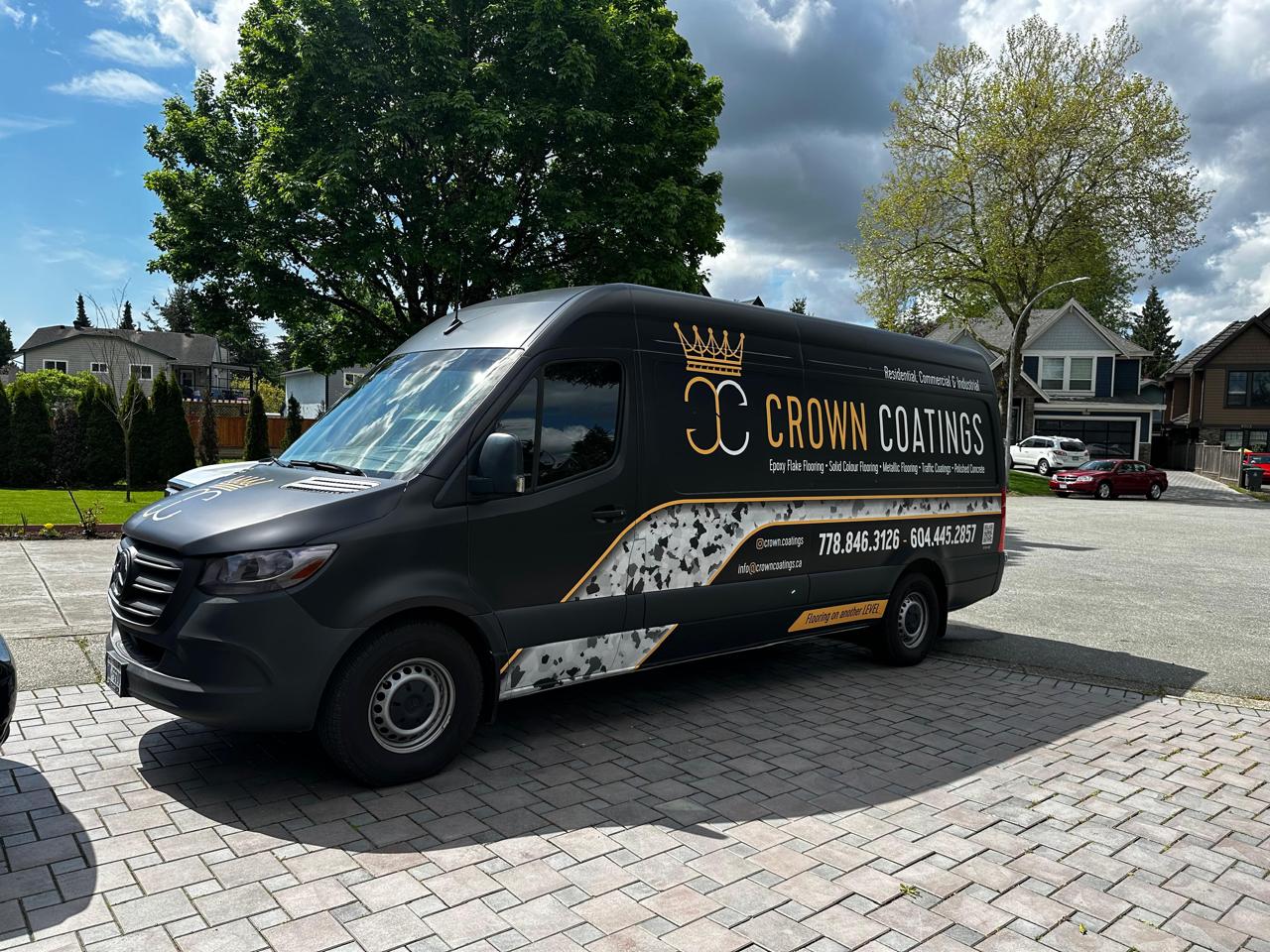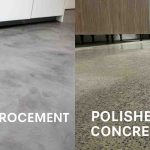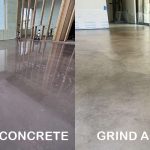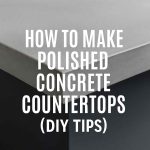A beautiful, durable concrete floor doesn’t happen by accident. Whether you’re installing epoxy, polyaspartic, metallic, or flake coatings, proper surface preparation is the most critical step for ensuring long-lasting results. Skipping or cutting corners during preparation can lead to peeling, bubbling, or early failure of your floor.
At Crown Coatings, we specialize in professional surface preparation techniques that create the perfect foundation for your flooring project. In this blog, we’ll guide you through the essential steps to prepare concrete for coating success.
1. Clean the Surface Thoroughly
The first step in concrete preparation is removing all dirt, grease, oils, and contaminants. Concrete is porous and can trap substances that interfere with coating adhesion.
Methods for cleaning include:
-
Degreasers or cleaners to remove oils and chemical residues
-
Pressure washing for large commercial surfaces
-
Acid etching to remove stubborn stains and provide a rough profile for adhesion
A clean surface ensures that your coating bonds properly and lasts for years.
2. Repair Cracks, Holes, and Imperfections
Even minor cracks or surface imperfections can compromise a coating. It’s essential to fill cracks and patch holes with the appropriate repair materials before applying your coating.
-
Use polymer-modified concrete patching compounds for durability
-
Smooth the repaired areas to match the surrounding surface
-
Ensure that repairs are fully cured before proceeding
Proper repairs prevent coating delamination and create a smooth, professional-looking finish.
3. Test for Moisture
Concrete naturally retains moisture, and excess water in the slab can cause serious problems for coatings. Before installation, it’s critical to conduct moisture testing using methods such as:
-
Calcium chloride tests (MVER)
-
Relative humidity (RH) probes
-
Electronic moisture meters
If moisture levels are too high, a vapor barrier primer or moisture mitigation system may be necessary to prevent blistering and peeling after installation.
4. Grind or Abrade the Surface
To ensure proper adhesion, the concrete surface must have the right texture. This often involves mechanical grinding or shot blasting to create a slightly rough profile for the coating to bond to.
-
Grinding removes existing coatings, paint, or sealers
-
Shot blasting is ideal for large commercial or industrial floors
-
Proper abrasion ensures long-lasting adhesion and even finish
This step is especially important for glossy, sealed, or polished concrete surfaces.
5. Remove Dust and Debris
After grinding or abrasion, the surface will produce fine dust that can interfere with adhesion. Use:
-
Industrial vacuums
-
Tack cloths
-
Compressed air to remove all dust
A completely clean, dust-free surface ensures that your coating bonds perfectly and avoids imperfections like bubbles or uneven texture.
6. Optional: Apply a Primer or Base Coat
Depending on the type of coating, a primer or base coat may be applied to further improve adhesion and seal the surface. At Crown Coatings, we use high-quality primers that:
-
Enhance adhesion of topcoats
-
Provide moisture resistance
-
Increase durability and lifespan of the flooring system
Primers are particularly useful when applying polyaspartic or epoxy coatings over new or repaired concrete.
Final Thoughts: Preparation Is Key to Long-Lasting Floors
The longevity and performance of your concrete coating depend largely on how well the surface is prepared. Proper cleaning, repairing, moisture testing, abrasion, and priming set the stage for a flawless, durable finish.
At Crown Coatings, we combine professional-grade materials with expert preparation techniques to ensure every floor — whether residential, commercial, or industrial — looks stunning and performs reliably for years to come.
Ready to transform your concrete floors?
Contact Crown Coatings today to schedule a consultation and learn how our surface preparation expertise ensures the perfect base for your epoxy, polyaspartic, or decorative coating project.





